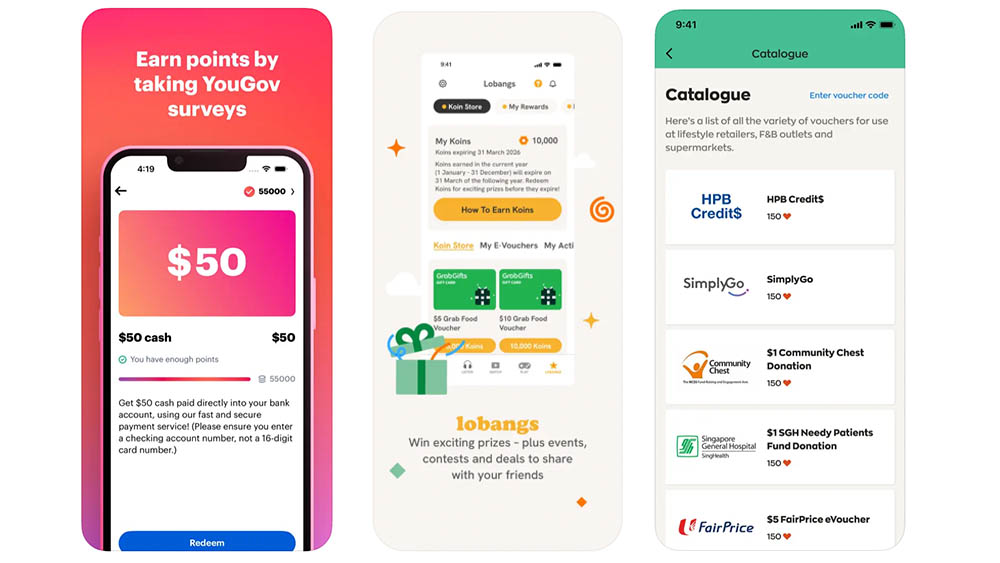Here’s The Low-Down On Disability Income Insurance
With a wide variety of plans consisting of various forms of coverage - some can get pek chek when it comes to choosing which plan suits them the best.
Naturally, that’s when your old friends-turned-financial advisors come in for the kill with their patented “How have you been?” and “It’s been a while, let’s catch up”.
Jokes aside, the most common forms of insurance plans we’ve seen being peddled around are the usual offerings of life insurance, critical illness insurance, and health insurance.
But what if we told you there’s a hidden gem amongst these plans that rarely gets mentioned - a type of insurance plan that enhances the coverage of critical illness (CI) and total permanent disability (TPD) insurance with added long-term value?
We’re talking about disability income insurance (DII).
N..nani? What’s that?
Imagine losing your source of income from employment or self-employment for the rest of your life, due to becoming disabled and losing your ability to work. What would be your plan to deal with this?
DII helps to address this and more, by providing you with a monthly payout of up to 80%* of your pre-disability income up until your 65th birthday*. Claimants will have to go through a deferment period before their first payout is made.
We mentioned that DII provides added long-term value compared to CI or TPD insurance. Let’s do the math:
- Jack is 30, employed with a salary of $4000, and covered with CI and TPD insurance for $150,000 each. He recently suffered a permanent disability in April 2020 that renders him unable to work and fulfils the necessary conditions to qualify for a TPD and CI payout. His birthday falls in April.
Total payout amount = TPD payout + CI payout = $150,000 + $150,000 = $300,000
- Now, imagine if Jack opted out of CI and TPD insurance and covered himself with DII. Assuming a deferment period of 90 days and payout of 75% of monthly income:
Monthly payout amount: 75% x $4000 = $3375
Number of months from July 2020 (first payout) to 65th birthday in April (last payout): 418
Total payout amount = 418 x $3375 = $1,410,750
As shown, a TPD and CI payout may not be enough to sustain a reasonable lifestyle till old age. With DII, you’ll be able to enjoy a steady stream of moolah and preserve some of your earning power - some say it’s one of the greatest assets one should preserve to maintain financial security. Shiok ah.
*Figures may vary depending on the specific plan and insurer.
Sounds great! What other perks does DII offer?
DII also provides flexibility for various disability situations. If your working disability is temporary, you’ll be compensated for the months that you weren’t able to work. If your disability is permanent but you’re still able to return to a lesser form of work that compensates for your disability (e.g. moving from an active job paying $6k to a sedentary job paying $2k), you’ll be able to enjoy a partial disability benefit to make up for the loss of income from your original salary (e.g. paying you $2.8k monthly on top of your $2k salary to make up $4.8k, or 80% of $6k). This benefit only applies if your new salary is within a percentage of your old salary (e.g. 75% or 85%).
The claim criteria for DII is also more lenient compared to CI or TPD insurance. Though the specific criteria generally vary amongst insurers, a working disability is usually defined as a medical impairment that prevents a person from performing his/her occupation, or any other occupation that he/she is suited for. This provides much more flexibility in claims compared to CI (a list of conditions) and TPD (a list of physical disabilities/inability to perform 3 out of 6 activities of daily living).
This sounds too good to be true. What are some caveats?
With it being called disability income insurance, there is a need to be employed when a disability occurs to enjoy the full working disability benefit. However, some insurers allow for a “buffer” period in their plans, whereby a disability occurring in the first 3-6 months of unemployment would still be considered a working disability.
Additionally, some insurers may consider your claims ineligible if you’re working outside of Singapore for an extended period.
What are the options on offer?
The main options include Great Eastern's PayAssure, AIA's Premier Disability Cover, and Aviva's IdealIncome. They each have their specific differences when it comes to premiums and criteria for deferment periods, disabilities, and claims – and we suggest you do your due diligence in picking the right plan for yourself.
We're big fans of Great Eastern's PayAssure due to its leniency when it comes to claims and reasonable premiums.
For the latest updates on Wonderwall.sg, be sure to follow us on TikTok, Telegram, Instagram, and Facebook. If you have a story idea for us, email us at [email protected].











